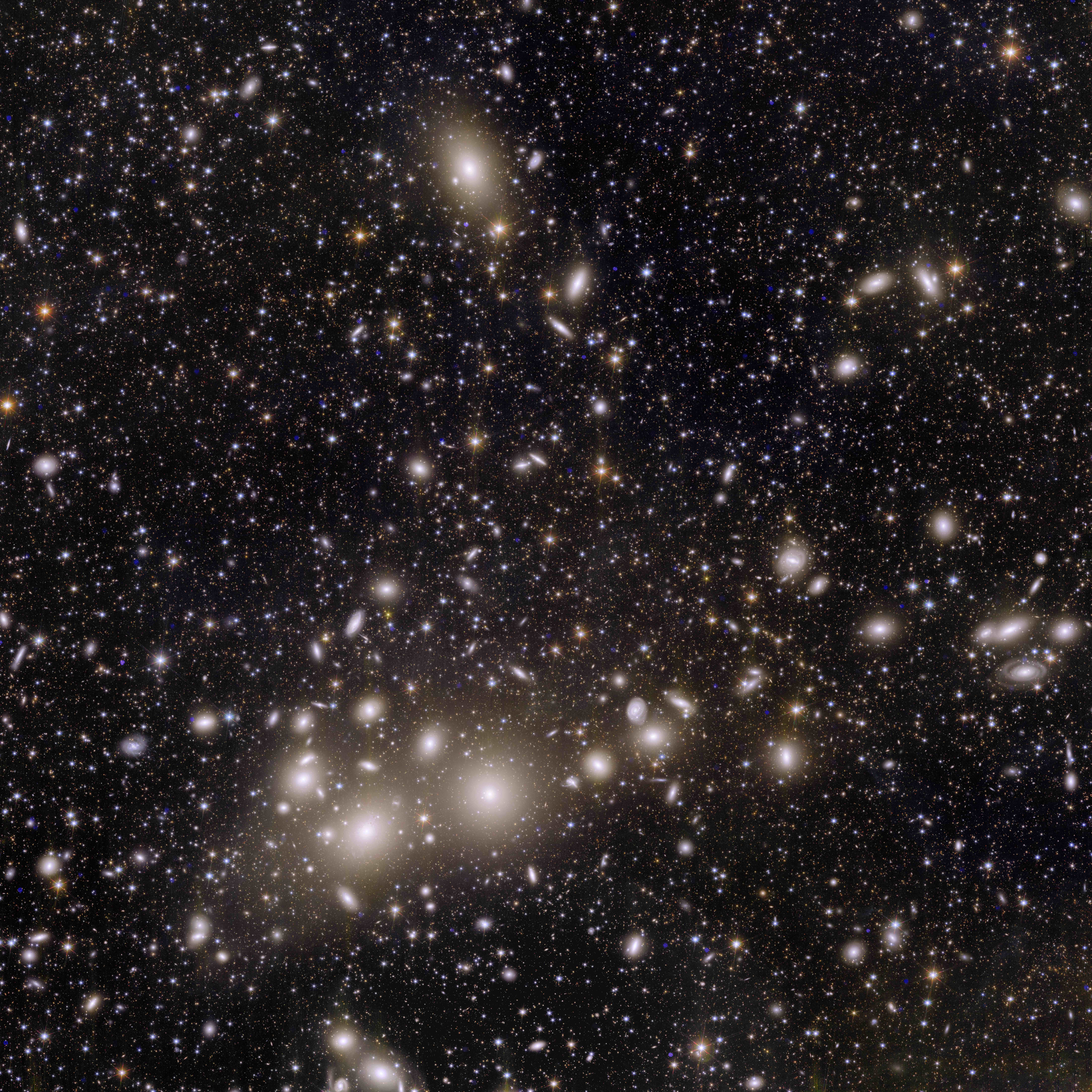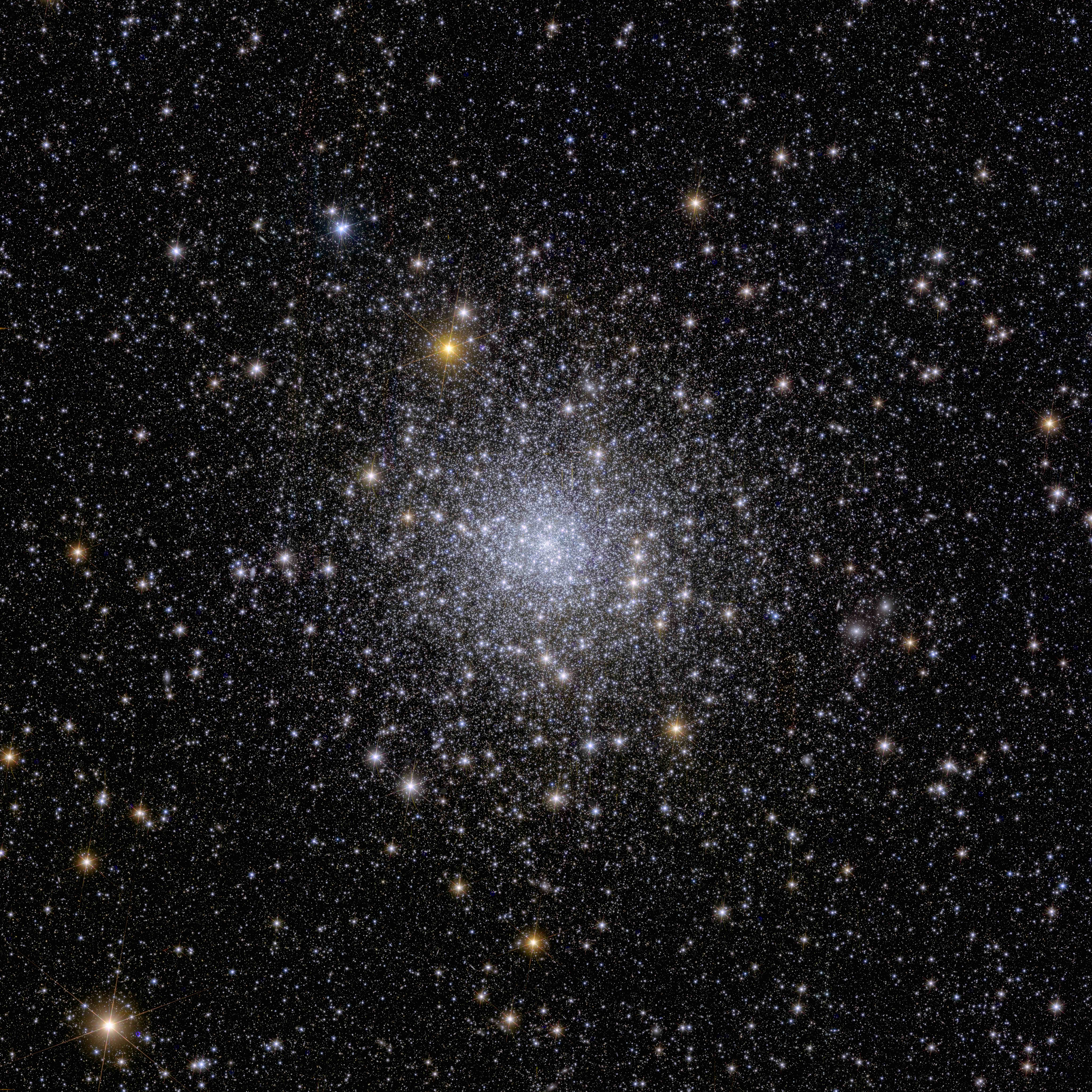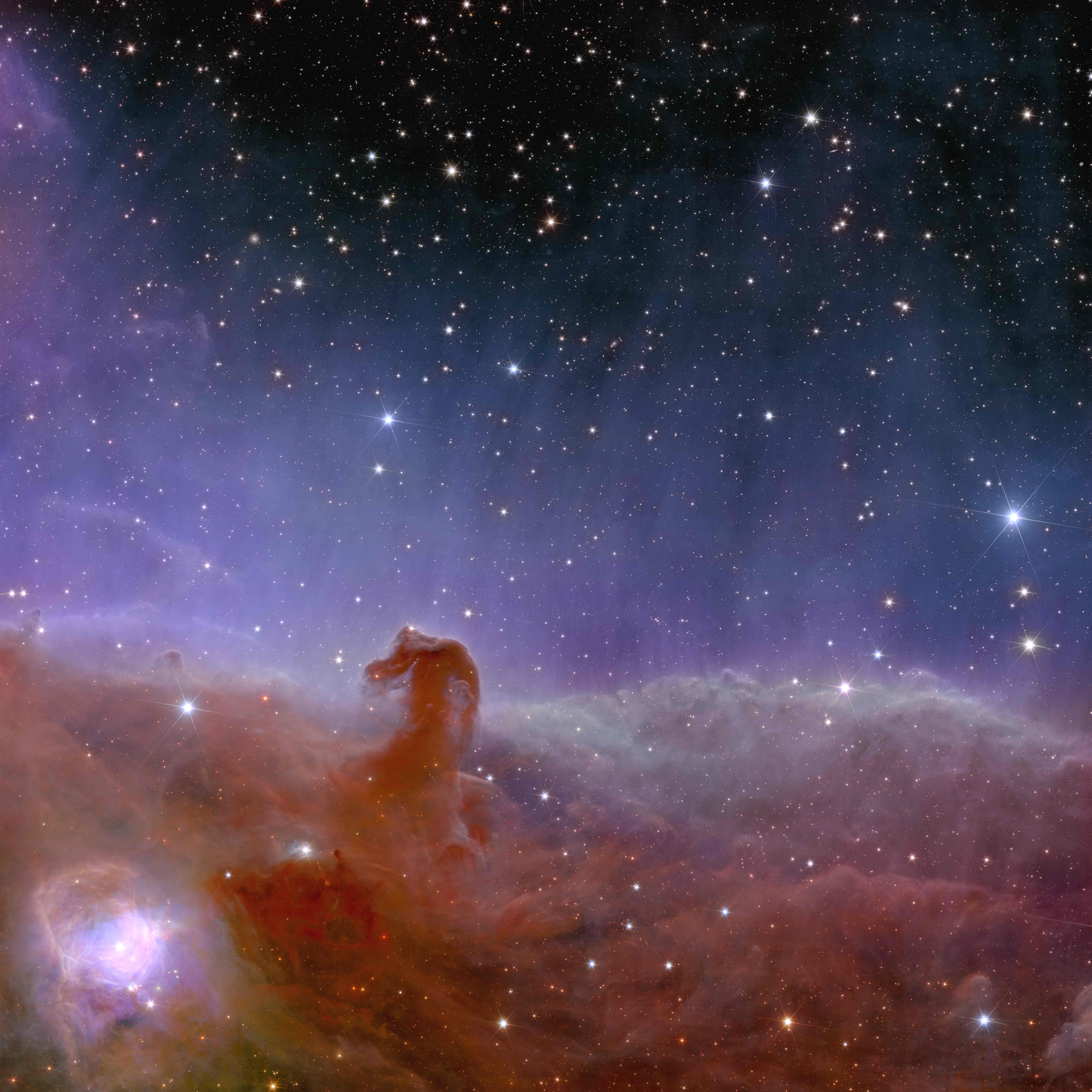The first full-colour images of the universe captured by the space telescope Euclid have been released by the European Space Agency (ESA).
The five glittering pictures show galaxies and stars near and far, helping to uncover some of the universe’s hidden secrets.

Many of these faint galaxies were previously unseen, and some of them are so far that their light has taken 10 billion years to reach us.
Another image captures the spiral galaxy IC 342, nicknamed the Hidden Galaxy, because it is difficult to observe as it lies behind the busy disc of our Milky Way, and so dust, gas and stars obscure our view.

Globular clusters are collections of hundreds of thousands of stars held together by gravity.
These faint stars tell us about the history of the Milky Way and where dark matter is located.

The first irregular dwarf galaxy that Euclid observed is called NGC 6822 and is located just 1.6 million light-years from Earth.
And the fifth image shows a panoramic and detailed view of the Horsehead Nebula, also known as Barnard 33 and part of the constellation Orion.

Professor Carole Mundell, ESA director of science, said: “Dark matter pulls galaxies together and causes them to spin more rapidly than visible matter alone can account for; dark energy is driving the accelerated expansion of the universe.
“Euclid will for the first time allow cosmologists to study these competing dark mysteries together.
“Euclid will make a leap in our understanding of the cosmos as a whole, and these exquisite Euclid images show that the mission is ready to help answer one of the greatest mysteries of modern physics.”
Rene Laureijs, the ESA’s Euclid project scientist, said: “We have never seen astronomical images like this before, containing so much detail.
“They are even more beautiful and sharp than we could have hoped for, showing us many previously unseen features in well-known areas of the nearby universe.
“Now we are ready to observe billions of galaxies, and study their evolution over cosmic time.”
Named after the ancient Greek mathematician Euclid, the two-tonne probe made its way towards an area in space known as the second Lagrange point, where the gravitational forces of Earth and the sun are roughly equal – creating a stable location for the spacecraft.
The UK has contributed £37 million towards the £850 million mission, with scientists playing key roles in designing and building the probe and leading on one of the two scientific instruments on board.
Dr Caroline Harper, head of space science at the UK Space Agency, said: “These first colour images showcase Euclid’s enormous potential, giving us incredibly sharp images of galaxies and stars, and helping us understand more about the impacts of dark matter and dark energy on the universe.
“The UK has played an important role in the mission, leading on the development of the visible imager (VIS) instrument and on key elements of the data processing pipeline, funded by the UK Space Agency.
“And this is just the start – UK researchers will be using Euclid data for many years to come to make significant new scientific discoveries about the composition and evolution of the cosmos.”






